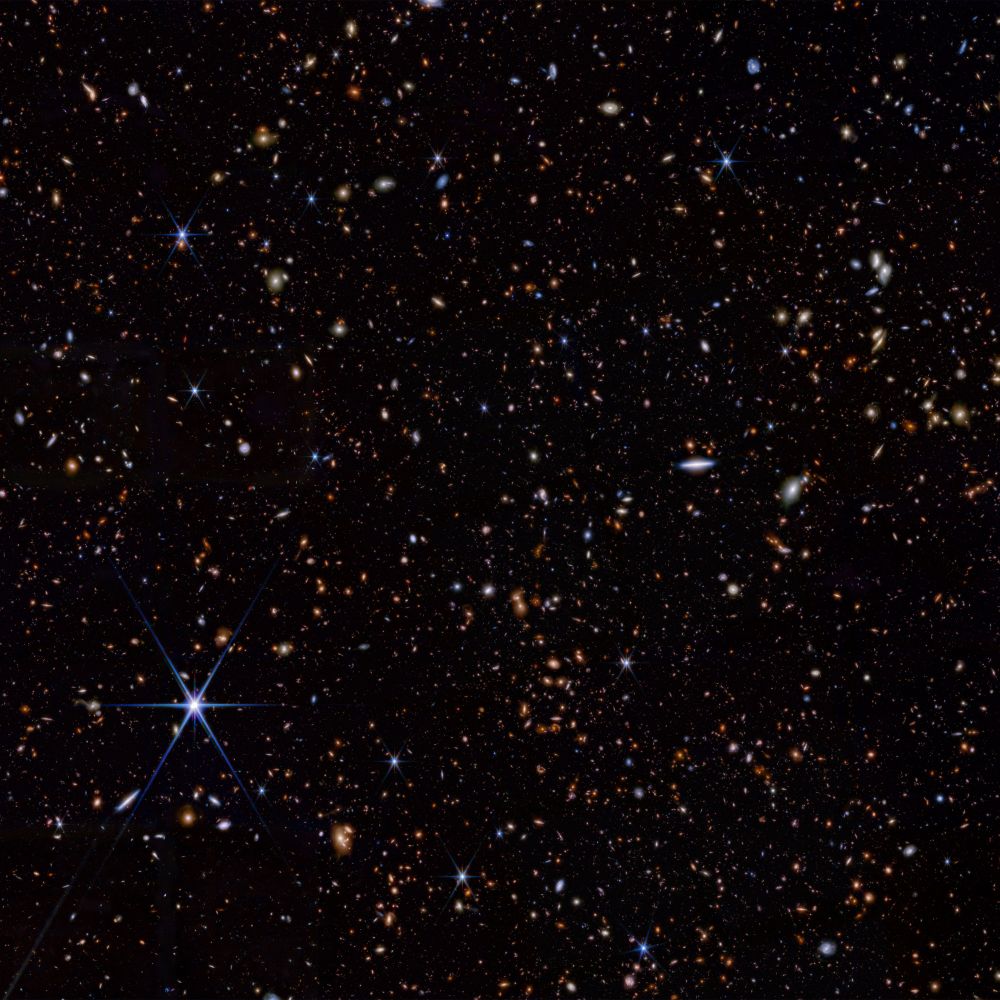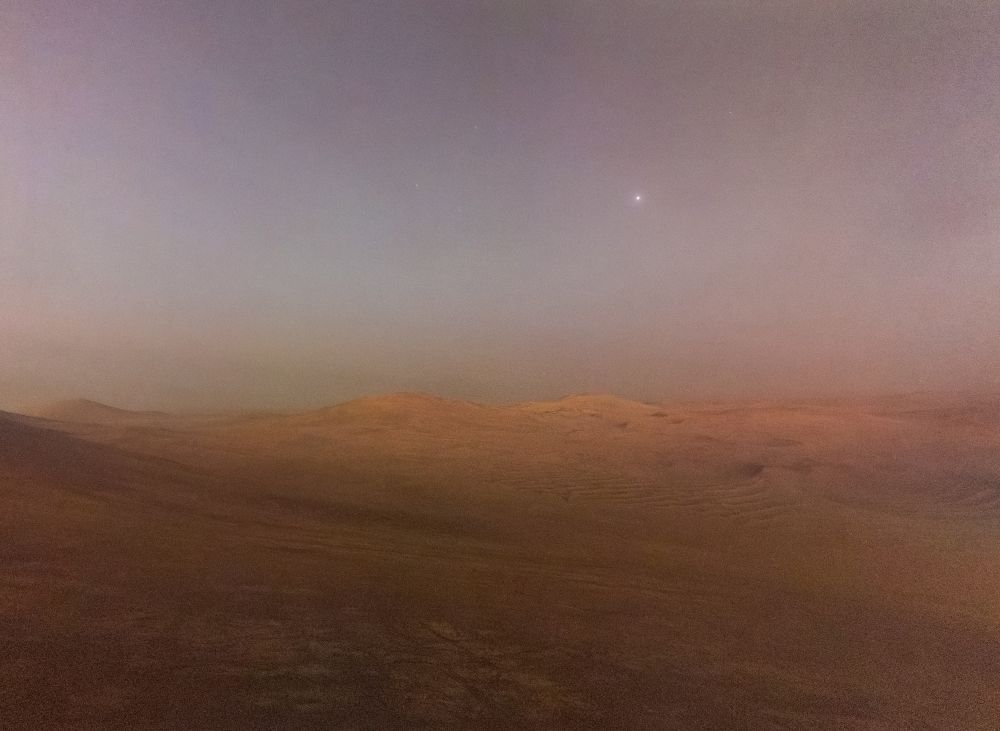Posts
Media
Videos
Starter Packs
Reposted by Dom
Dom
@viking2.bsky.social
· 2d
Dom
@viking2.bsky.social
· 5d
Dom
@viking2.bsky.social
· 5d
Reposted by Dom
Dom
@viking2.bsky.social
· 5d
Reposted by Dom
Reposted by Dom
Reposted by Dom
Dom
@viking2.bsky.social
· 8d
Reposted by Dom
Reposted by Dom
Reposted by Dom
Reposted by Dom
Reposted by Dom
Reposted by Dom
Reposted by Dom
Dom
@viking2.bsky.social
· 13d
Reposted by Dom
Reposted by Dom
Reposted by Dom
















